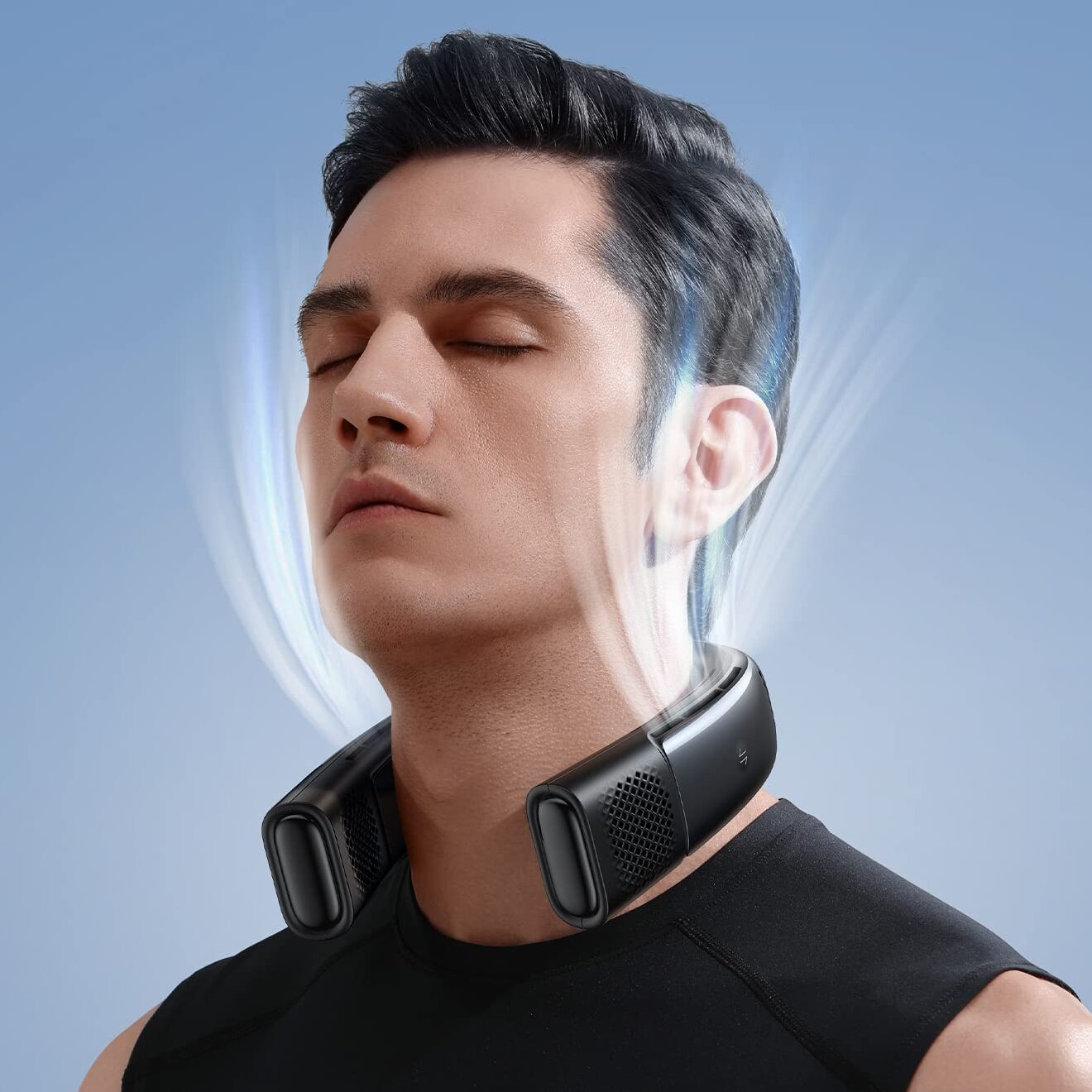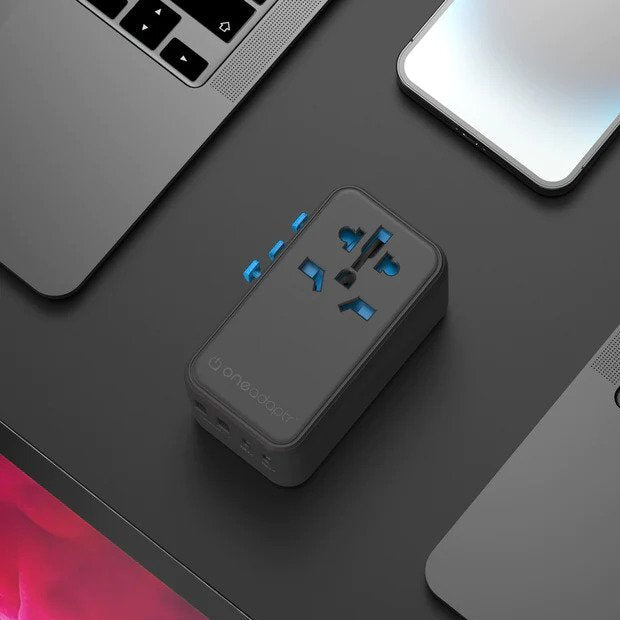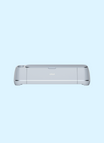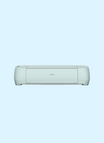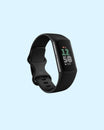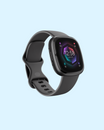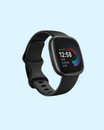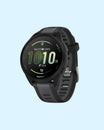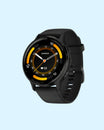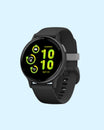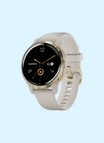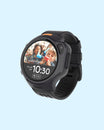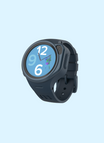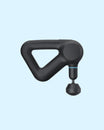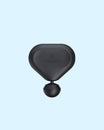Samsung S85D vs LG C4
Elisabeth Christ
Updated September 2024

Choosing between the Samsung S85D and LG C4 OLED evo is no easy task. These flagship models offer cutting-edge technology, stunning design, and robust performance that appeal to different audiences. While Samsung leans into AI and Tizen smart interface, LG impresses with its Dolby Vision and peak brightness. In this comparison, we'll take a deep dive into the design, image quality, gaming performance, sound capabilities, and connectivity features of both models, highlighting what each excels at.
Key Takeaways
The Samsung S85D stands out for its refined AI-powered image processing and vibrant Pantone Validated colors, ideal for cinematic experiences. However, the LG C4 excels in brightness, Dolby Vision support, and gaming performance with Nvidia G-Sync and 144Hz refresh rate. LG’s sound capabilities, with Dolby Atmos and virtual upmixing, offer a more immersive experience than Samsung’s Object Tracking Sound Lite. Connectivity is a tie, though LG edges out Samsung with its more advanced smart home features.


Samsung S85D OLED TV
Entry-level OLED with Excellent Picture Quality
✓ Slim and stylish design
✓ Object Tracking Sound Lite & Dolby Atmos
✓ NQ4 AI Gen2 Processor
✓ 120Hz native refresh rate

LG C4 OLED evo TV
Premium OLED TV with Great Gaming Features
✓ LG’s Magic Remote
✓ α9 AI Processor 4K Gen7
✓ 4K picture upscaling
✓ Support 4K 120Hz and 144Hz refresh rate
#1 Design and Build Quality

LG C4 OLED evo TV
The design of the Samsung S85D is strikingly elegant, boasting a contour-inspired form with a curved rear panel that blends seamlessly with modern interiors. Its ultra-slim profile and flowing lines evoke a sense of sophistication, while the unique SolarCell One remote adds convenience by charging via indoor light. The TV stands on two feet at its edges, keeping a minimalistic and refined appearance. In contrast, the LG C4 offers a similarly sleek aesthetic with its ultra-slim design, but it takes a more traditional form factor, emphasizing utility. With its Magic Remote featuring dedicated buttons for popular streaming platforms, the C4 merges design with functionality.
When it comes to connectivity, both models are well-equipped. Samsung’s smart design integrates easily with the SmartThings platform, allowing users to control their smart home devices directly from the TV. On the other hand, LG’s build includes RS-232 and Ethernet ports, with additional support for Alexa, Google Assistant, AirPlay, and Chromecast, making it a versatile choice for tech-savvy users looking for enhanced control.
#2 Image Quality and Display Features

Samsung S85D OLED TV
Samsung’s S85D shines with its WOLED panel, offering pure blacks and bright whites courtesy of individually controlled pixels. The NQ4 AI Gen2 Processor uses 20 AI neural networks to enhance upscaling and color reproduction, which is Pantone Validated for impeccable color accuracy. With HDR10+ and HLG support, the S85D delivers an outstanding visual experience, although it lacks Dolby Vision, a feature found on LG’s C4. The latter supports Dolby Vision, HDR10, and HLG, and its α9 AI Processor 4K Gen7 with Brightness Booster ensures superior brightness, especially with HDR content.

LG C4 OLED evo TV
Peak brightness on the LG C4 surpasses Samsung’s S85D, achieving 1065 nits in HDR mode. This enhanced luminance makes bright scenes pop, while shadow details remain clear and noise-free, a testament to LG’s superior motion handling. Meanwhile, Samsung excels in AI-driven upscaling, providing crisp 4K visuals even from lower resolution content. Both sets offer excellent color reproduction, but LG’s ability to handle reflections and bright conditions makes it slightly more versatile for varied lighting environments.
#3 Gaming Performance

Samsung S85D OLED TV
Samsung’s S85D is no slouch when it comes to gaming, offering a Motion Xcelerator feature with a 120Hz refresh rate, FreeSync Premium Pro, and Game Bar for quick access to gaming settings. The 4K120Hz motion support through its HDMI 2.1 ports ensures smooth, immersive gameplay with low input lag, especially when using Samsung’s AI Auto Game Mode. Gamers can also take advantage of Samsung’s Gaming Hub, which allows for game streaming from platforms like Xbox Cloud Gaming.

LG C4 OLED evo TV
LG, however, takes gaming to another level with its 144Hz support and certified compatibility for Nvidia G-Sync and AMD FreeSync. Its Game Optimizer mode is automatically activated when consoles like the Xbox Series X or PS5 are detected, reducing input lag to an impressive 9.2ms with Boost mode. The addition of Dolby Vision gaming provides an HDR gaming experience that enhances depth and contrast, making LG a powerhouse in this category for PC and console gamers alike.
#4 Sound Quality

Samsung S85D OLED TV
In the sound department, Samsung’s S85D offers Object Tracking Sound Lite, which uses 8 speakers and Dolby Atmos support to create an immersive audio environment. Adaptive Sound Pro optimizes the audio based on the content and room acoustics, ensuring clear dialogue and well-balanced soundscapes. The 2 x 20-watt built-in speakers are respectable, but they do leave room for enhancement with an external sound system.
LG’s C4 steps up with a 2.2-channel 40W Dolby Atmos system, supported by DTS and the ability to upmix to virtual 9.1.2 surround sound. The integration of LG’s Wow Orchestra feature further enhances the spatial experience when paired with a compatible LG soundbar, making it the more immersive audio solution of the two. The clarity in dialogue and the expansive soundstage of the LG C4 make it the preferred choice for those who prioritize premium sound quality.
#5 Additional Features and Connectivity

LG C4 OLED evo TV
Samsung’s S85D takes advantage of its Tizen operating system, which offers access to over 800+ free channels and a range of apps through Samsung TV Plus. It also supports Samsung Q-Symphony for seamless integration with Samsung soundbars and comes with AI Energy Mode to monitor and reduce power consumption. The connectivity is robust, with 4 HDMI 2.1 ports, ALLM support, and compatibility with the SmartThings ecosystem.
On the other hand, LG’s webOS 24 interface offers a refined user experience with Quick Cards, providing easy access to streaming apps, home office tools, and gaming platforms. Built-in AirPlay, Chromecast, and a tuner for ATSC 1.0 enhance its versatility. With the addition of Quick Media Switching (QMS) for seamless frame rate transitions and support for Matter-connected devices via the Home Hub, LG’s C4 is a powerhouse of connectivity, outpacing the S85D in flexibility and smart home integration.
Samsung S85D vs LG C4
Final Thoughts

Samsung S85D vs LG C4
For film lovers and AI enthusiasts, the Samsung S85D is an elegant choice with its stunning design and smart features. However, if you’re an avid gamer or someone who enjoys Dolby Vision content, the LG C4 OLED evo is hard to beat. Both models offer cutting-edge technology, but your decision should align with your primary use—whether it's for movies, gaming, or smart home integration.
If you like to read more about Smart TVs, check out our other relevant guides here:
TCL QM8 vs Samsung QN90C
TCL QM8 vs Samsung QN90B
TCL QM8 vs Hisense U8N
TCL QM8 vs Hisense U8K
TCL Q6 vs Q7
TCL QM8 vs Q7
Author

Elisabeth Christ
Don't miss out on tech
Subscribe to our newsletter to stay up to date on the latest tech trends and guides on the best gadgets around.

